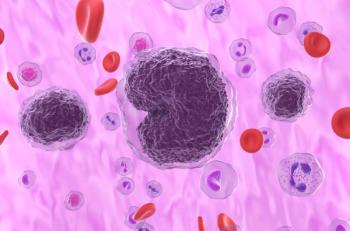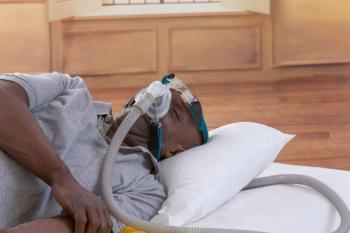
Small Benefit Observed When Adding Newly Identified Risk Factors Into Febrile Neutropenia Risk Prediction
Although researchers observed improvements when incorporating several new comorbidities into chemotherapy-induced febrile neutropenia risk factors, the improvements were small and might not be clinically relevant.
Incorporating several new comorbidities into established febrile neutropenia risk factors is associated with improved febrile neutropenia risk prediction in the first chemotherapy cycle, according to new study findings. However, the observed improvements are small and might not be clinically relevant, the researchers cautioned.
In 2011, a febrile neutropenia risk model based on data from community oncology practices around the country indicated patient age, cancer type, prior chemotherapy, and low white blood cell count as risk factors for neutropenia and febrile neutropenia. Recently, comorbidities such as HIV, diabetes (in nonoverweight patients), congestive heart failure, rheumatoid conditions, and thyroid disorders have been reported to be associated with risk of developing the condition.
Chemotherapy-induced febrile neutropenia often leads to hospitalization and other adverse outcomes, as well as significant healthcare costs. With the risk of developing febrile neutropenia depending on chemotherapy regimens, patient characteristics, and disease characteristics, treatment with granulocyte colony-stimulating factor (G-CSF) can mitigate these risks.
Clinical guidelines recommend primary prophylaxis with G-CSF in patients receiving high-risk chemotherapy regimens and recommend consideration for patients receiving intermediate-risk chemotherapy regimens who have additional risk factors.
“Therefore, febrile neutropenia risk prediction tools incorporating patients and disease characteristics for individual patients could inform the clinical use of G-CSF,” wrote the study researchers.
To determine the efficacy of neutropenia risk prediction tools, researchers developed a new febrile neutropenia risk model accounting for the newly identified comorbidities and compared the new model against the 2011 model. The researchers included 15,279 adult patients diagnosed with cancer and treated with chemotherapy at Kaiser Permanente Southern California between 2000 and 2009. Patients were split equally into training and validation data sets.
Area under the receiver operating characteristic curve (AUROCC), risk reclassification, and integrated discrimination improvement were used to evaluate the potential improvement of febrile neutropenia risk prediction by incorporating comorbidities.
During the first round of chemotherapy, 4.2% of patients developed febrile neutropenia. The researchers observed no improvement in AUROCC in the new model compared with the reference model, and adding comorbidities led to only a slight increase in patients being classified into the correct febrile neutropenia risk categories.
The analysis cross-tabulated predicted risk with the reference model, predicted risk with the new model, and observed febrile neutropenia risk. In the overall patient population, the new model did provide more accurate risk classification for 6% of patients. However, the model provided a less accurate risk classification for 5% of the patients.
Of the 317 patients in the validation set who developed febrile neutropenia, the new model improved classification in 8.8% of patients but worsened the classification in 7.3% of patients. Of the 7322 patients who did not develop febrile neutropenia, the new model improved risk classification for 5.6% of patients but worsened classification in 5.1% of patients.
Reference
Li Y, Family L, Chen L, et al. Value of incorporating newly identified risk factors into risk prediction for chemotherapy-induced febrile neutropenia [published online June 28, 2018]. Cancer Med. doi: 10.1002/cam4.1580.
Newsletter
Stay ahead of policy, cost, and value—subscribe to AJMC for expert insights at the intersection of clinical care and health economics.













































